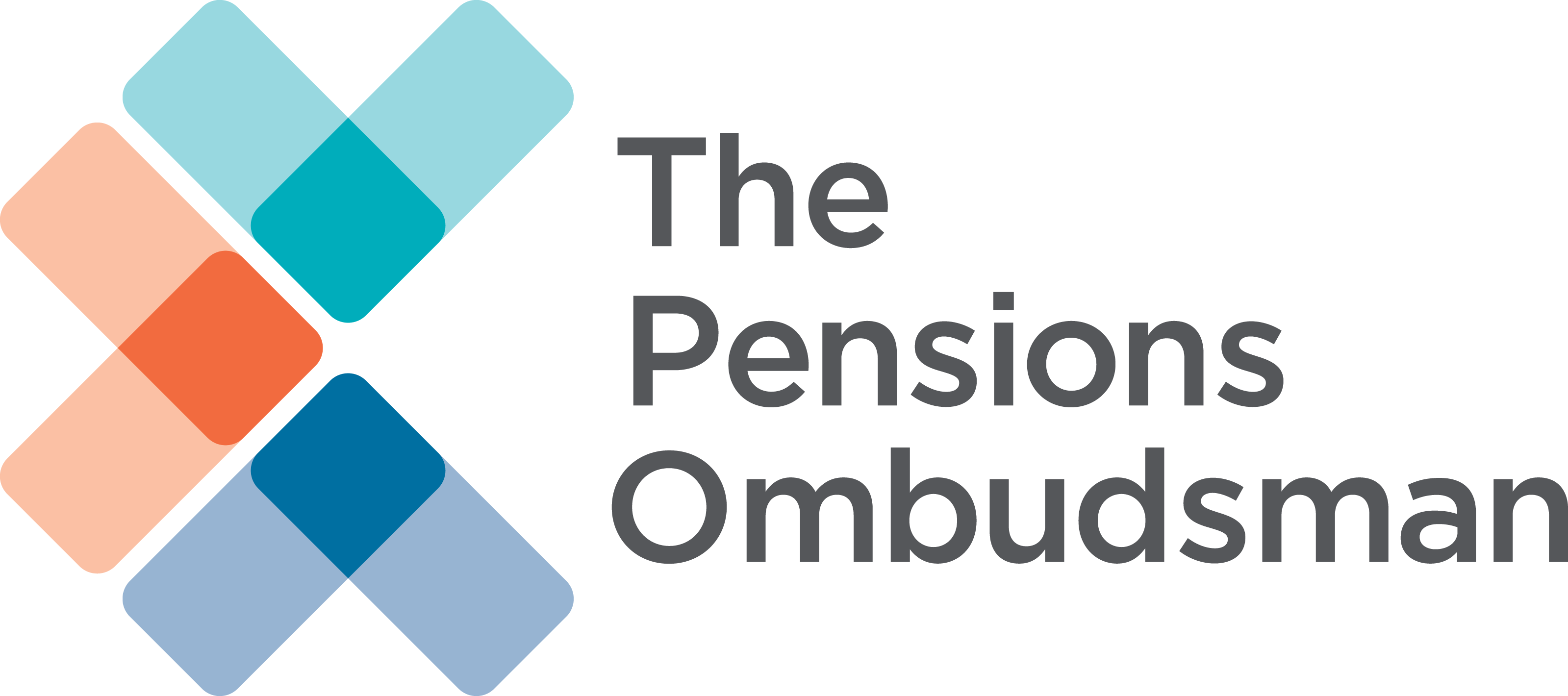Operating Model Review 2025/26 - Off to a flying start…
In this blog mid-way through 2025/26, the Pensions Ombudsman, Dominic Harris, looks back on the achievements of the Operating Model Review programme and our priorities going forward.
I’m delighted to report that TPO has had an excellent start to this financial year with further improvements in case closures achieved during the first six months of 2025/26 - up 14% on the same period last year. This follows our record-breaking 42% increase in case resolution achieved last year and is the result of the continuing implementation of TPO’s highly successful Operating Model Review (OMR) programme.
During the same period, volumes of new applications have continued to increase, running at 6% up on the same period last year. Although this continues a long-term trend of increasing demand for our service, it is significantly lower than the increase we saw last year. We are monitoring the trend closely as we are only part way through the year, but it is a strong indicator that our work on limiting demand, such as putting in place a single ‘lead case’ instead of multiple complaints about the same scheme and insisting on formal internal dispute processes being exhausted prior to an application being made to us, is bearing fruit. This, combined with our much more efficient performance, means that TPO’s caseload remains relatively stable. This is a major step forward and a reversal of the trend that we have seen over the last five years, where we experienced year-on-year increases to our historical backlog.
Although we are not out of the woods yet, this puts us on the right path to achieving a sustainable reduction in customer waiting times, our key priority as set out in our new Corporate Strategy 2025-2028.
Clearly, with a historical backlog that has built up over many years, and demand continuing to grow, even with our excellent progress it will still take time to erode the backlog and bring waiting times back to the level that we, and all of our stakeholders, want to see. However, we are on the right track and, with more developments to follow, we are confident that we can achieve a material reduction in our backlog and customer waiting times over the course of the next few years.
Driving further efficiencies
Our OMR programme continues to support the ambitions set out in our new Corporate Strategy 2025-2028. Our update in June, Operating Model Review – Delivering further OMR improvements during 2025/26, set out details of the various workstreams that are underway, these include:
- Improving awareness – this will support the changes that we have made around requiring scheme level dispute resolution to be completed before we accept complaints and will provide information and tools to both schemes and individual applicants to support earlier dispute resolution without the need to come to TPO.
- Pensions expertise at the earliest stage of our process – we will continue to expand our pensions experience to identify and resolve complaints much earlier in our processes. We will continue to explore our thresholds to ensure we only focus on those complaints that need our help and cannot be dealt with elsewhere.
- Expedited Determinations – we will look to expand the use of expedited Determinations throughout the entire organisation. This will reduce handoffs between teams and bring forward decisions within our processes.
- Jurisdiction and formal responses – we will streamline the current process for jurisdiction decisions and ask respondents for a formal response to the applicant’s complaint at an earlier stage. These processes can cause bottlenecks, and a streamlined approach will have a positive impact on reducing waiting times.
- Complex cases – a key focus of our efforts during 2025/26 will be on the large cohort of complex cases that have built up within our caseload. This will involve a focus on learning and development to increase our pensions expertise and new innovative ways of working to streamline and speed up our decision-making, including adopting shorter Opinions and Determinations.
Working with the sector to limit demand
As well as becoming more efficient, the second limb of our strategy is an attempt to reduce the demand for our service – for example, by encouraging the settlement of more complaints before they reach TPO. This has been working well so far, and we will continue to work with the industry to raise the profile of good dispute resolution processes, sharing good practice and the tools needed to enable early closure, while working with the Regulator to identify poor practice.
This focus benefits everyone; the applicant who has their complaint resolved sooner, the scheme or provider who saves time and resources through a swift resolution and it will help TPO by ensuring that we only receive those complaints that need our skill and expertise to resolve. A win-win for all.
This continued improvement is very positive news for TPO, our customers and for all our stakeholders. As ever, there is more to do – but our strategy is proving successful and, with the valued support of DWP, we are confident that we can lower waiting times to sustainable levels while continuing to provide a quality service that is both timely and accurate.
Related news
- TPO releases new information to help members understand overpaymentsDate:
The Pensions Ombudsman (TPO) has developed information to help members (or other beneficiaries) of pension schemes understand the key issues that arise when a
- Minister reappoints Robert Branagh and Myfanwy Barrett as Non-Executive Directors for The Pensions OmbudsmanDate:The Minister for Pensions has agreed the reappointment of Robert Branagh and Myfanwy Barrett as Non-Executive Directors (NEDs) for The Pensions Ombudsman (TPO) with effect from 1 May 2026. The reappointments of Myfanwy and Robert are for three years until 30 April 2029.
